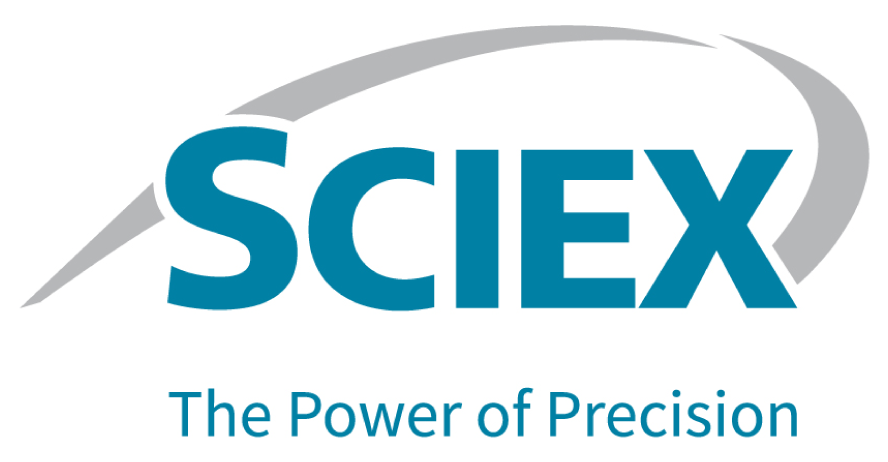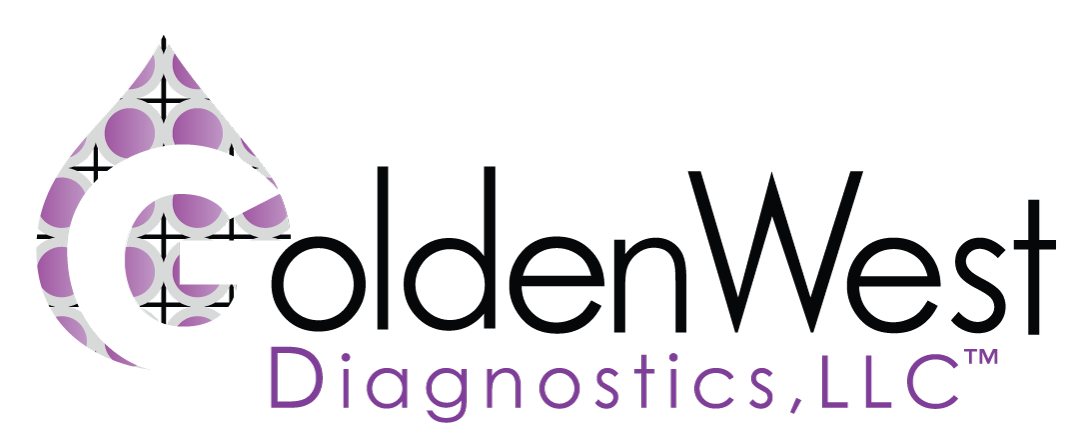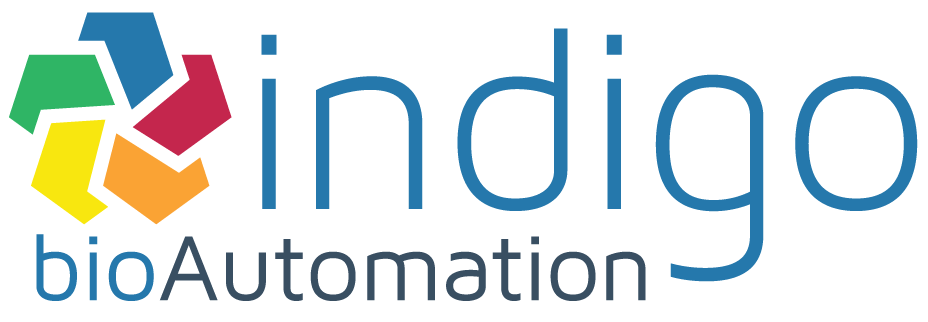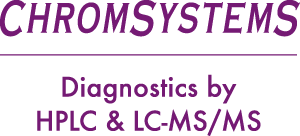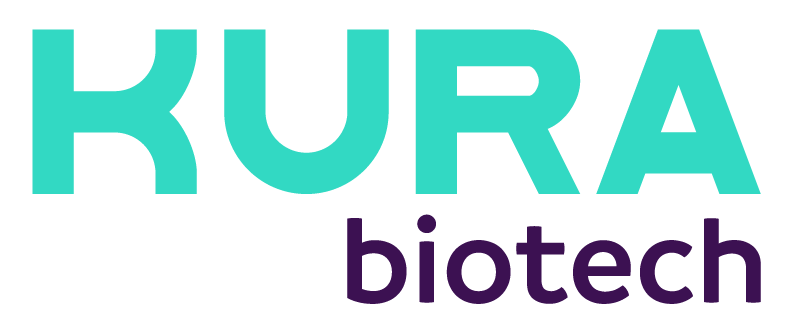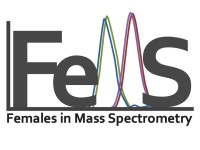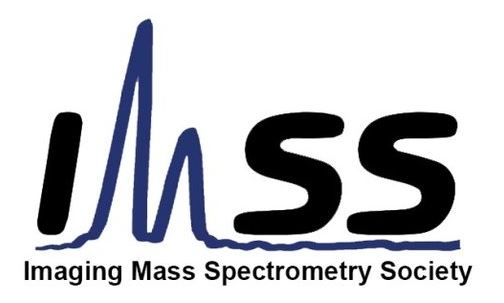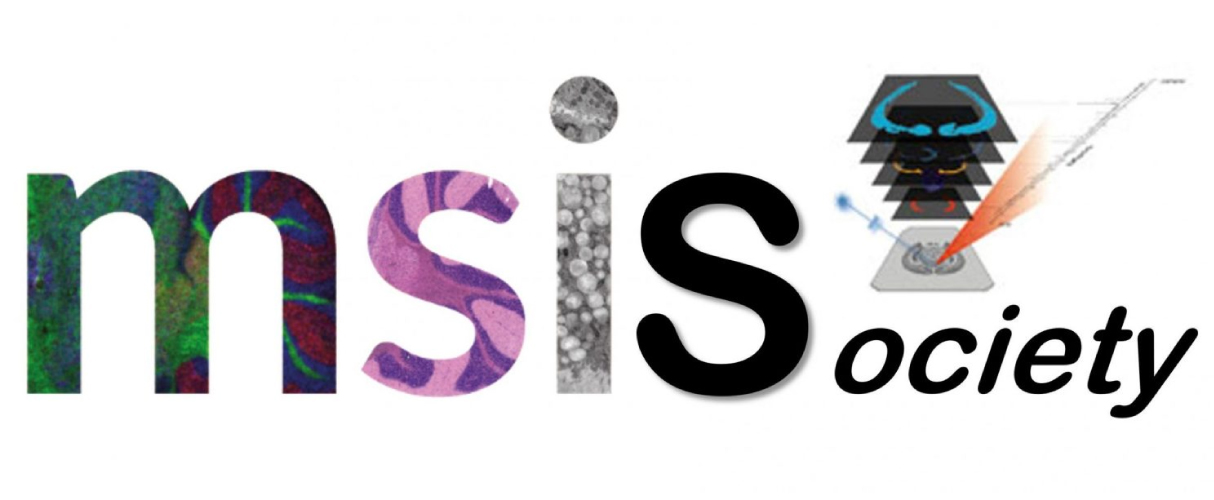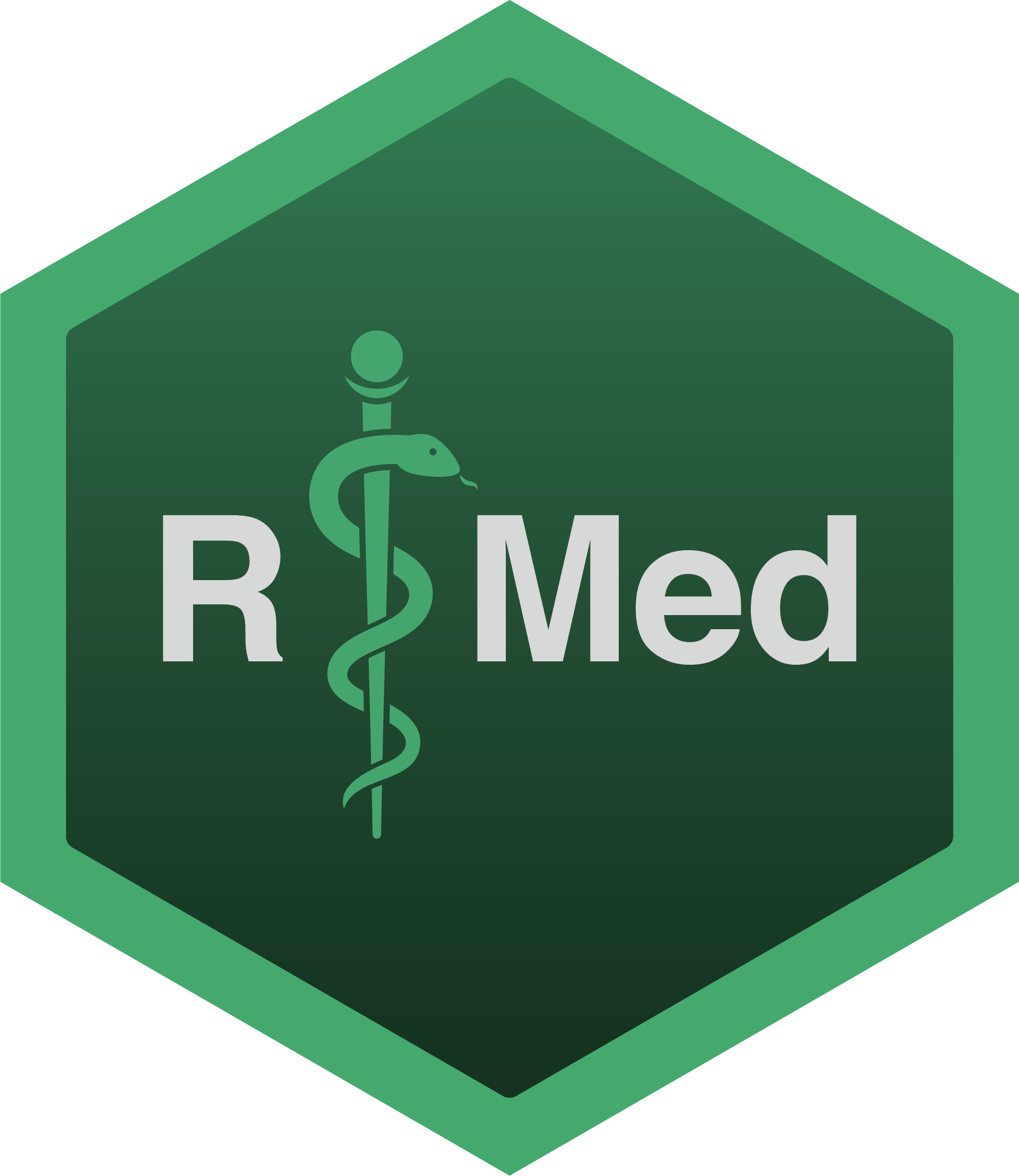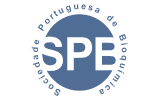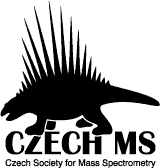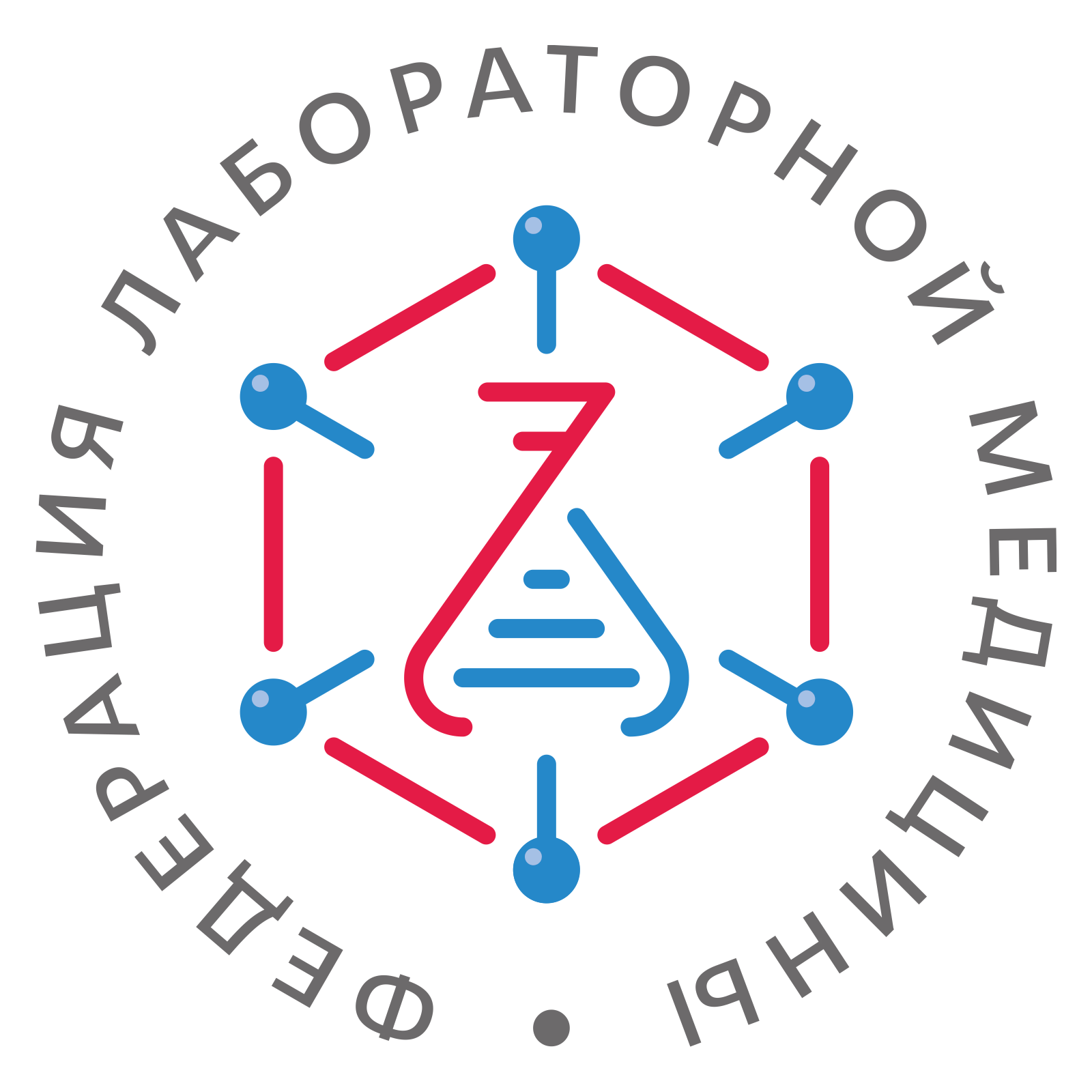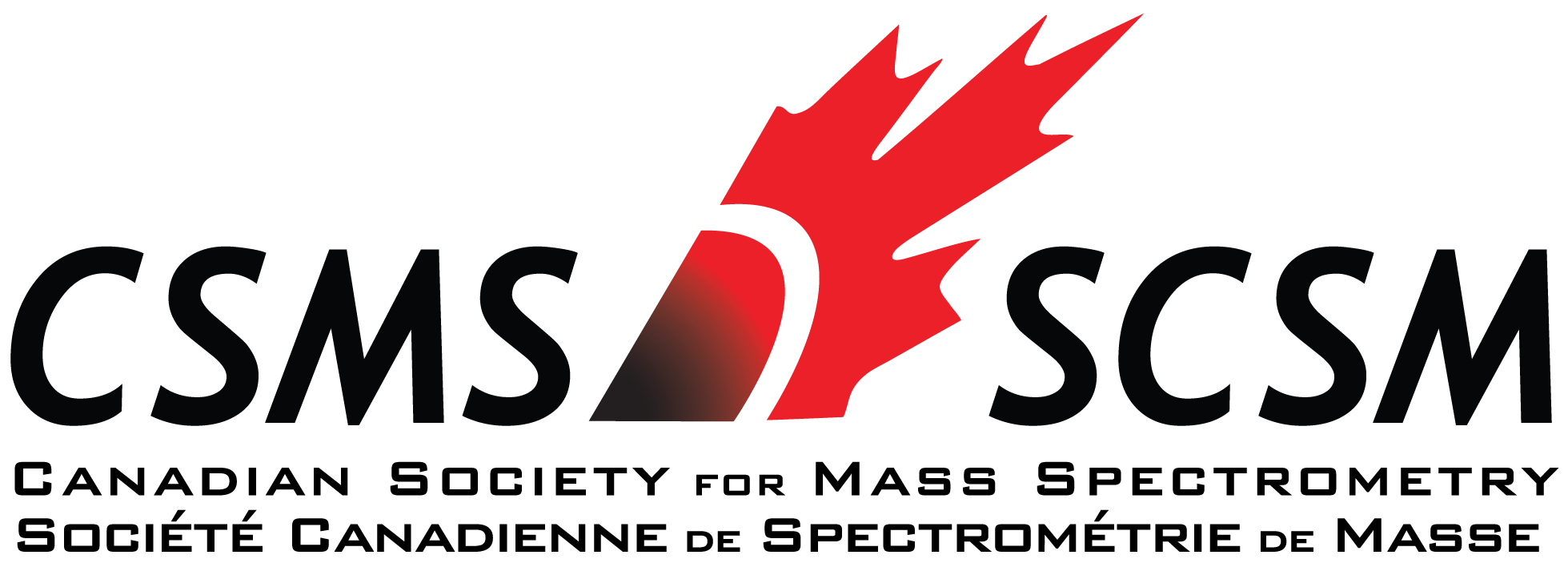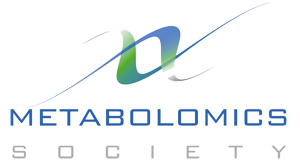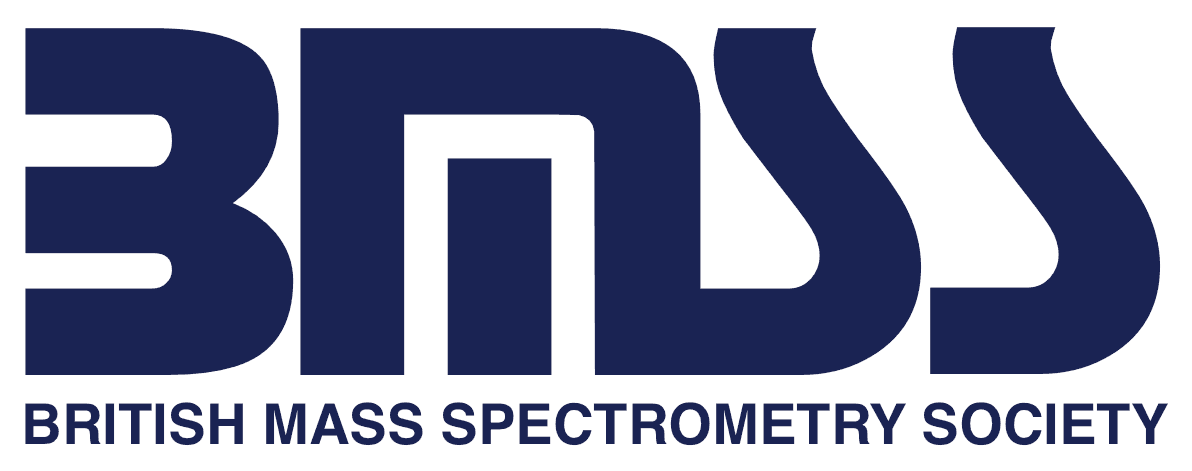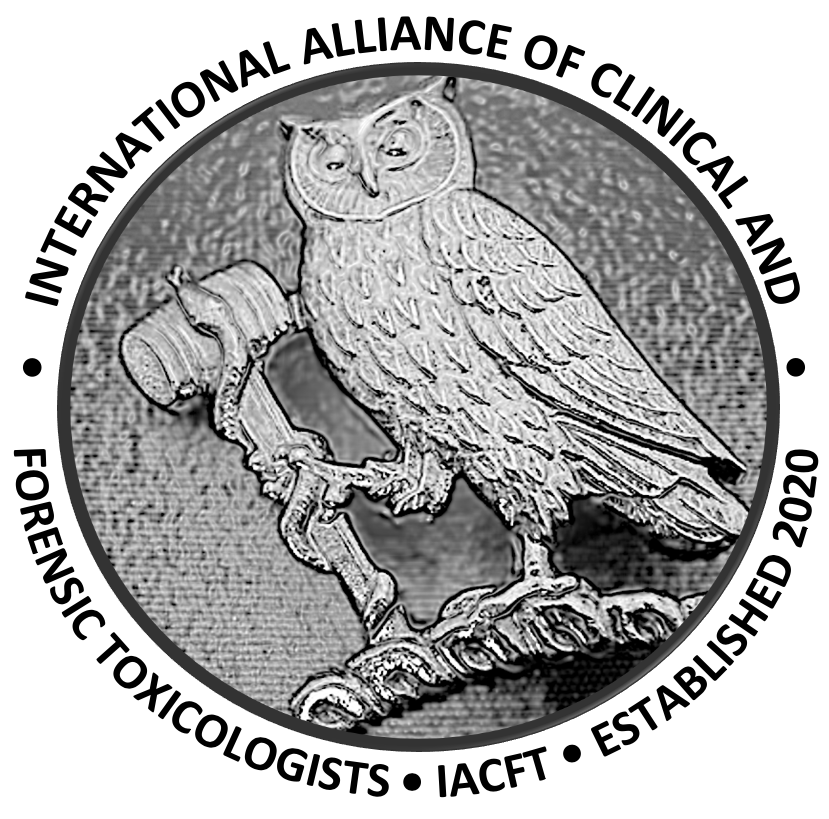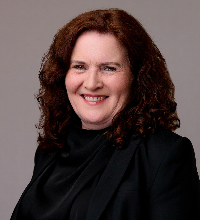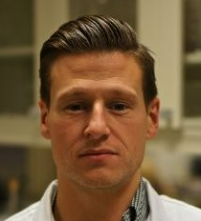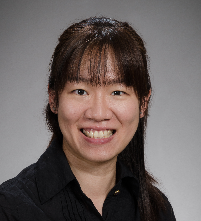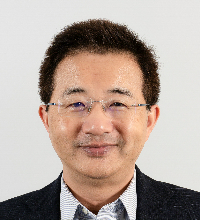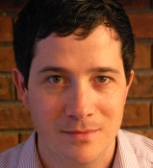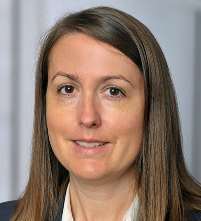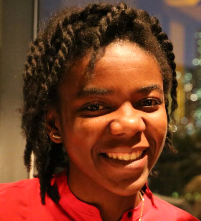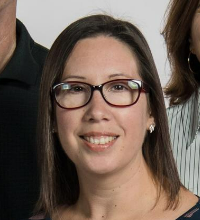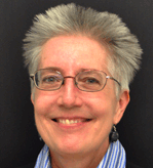MSACL 2023Monterey, CA : April 2-7 |
Agenda
Educational Grantee Partners:
|
Agenda (Preliminary) - View Program
Wednesday, April 5
Time |
Sessions |
||||||||||||||||||
|---|---|---|---|---|---|---|---|---|---|---|---|---|---|---|---|---|---|---|---|
645 |
Sunrise Tai Chi / Qigong Activity Location: Ferrantes (10th Floor @ Marriott)
Tai Chi and Qigong (pronounced chee-gong) explore the underlying internal practices and approach to fitness training beyond merely moving the body. Ideal for stress reduction this experience involves the interpenetration of mind and body during movement; meaning it can’t just be the mind, or just the body separately. Qigong exercise includes opening energy centers, joints, and tendons. This is achieved in part through abdominal breathing to calm the mind and in turn relax the body in movement. During the relaxation phase you will learn to activate and sense energy kinesthetically in “felt” terms through simple moving practices. Practice session includes Healing Sounds which function in discharging heat and toxins trapped within the fascia around the internal organs. Qigong exercises together with Tai Chi aim to produce a mental and physical sense of balance, centeredness, and harmony. What to wear: One principle of Tai Chi and Qigong is relaxed, unrestricted movement, therefore casual loose-fitting clothing is recommended. Avoid tight fitting clothing. Skin breathes, body moves freely with more mobility. Remove any belts during practice. Footwear: Flat soled shoes preferable to feel balanced and rooted or connected to the floor, as opposed to high arched athletic shoes or raised heels. Shoes off OK as long as you aren’t subject to easily slipping or sliding. |
||||||||||||||||||
800 |
Breakfast Industry Workshop : Thermo Fisher Scientific Location: Steinbeck 1
|
||||||||||||||||||
800 |
Breakfast Industry Workshop : Indigo BioAutomation Location: Steinbeck 2
|
||||||||||||||||||
800 |
Breakfast Industry Workshop : Waters Location: Steinbeck 3
|
||||||||||||||||||
845 |
Coffee Break Location: Exhibit Hall - Serra
Visit the Exhibit Hall for a relaxed tour of the posters and Exhibits while enjoying your morning coffee. |
||||||||||||||||||
845 |
Meet-a-Mentor Booth Tour Location: Exhibit Hall - Serra
Join Laura Sanchez for a tour of posters the Exhibit Hall while enjoying your morning coffee. |
||||||||||||||||||
845 |
Coffee Roundtables Location: Steinbeck Foyer
1. Is There a Better Way to Plan and Perform Experiments? Introduction to Experimental Design
Experimental design (DOE) is a technique that allows to be more efficient in planning, conducting and interpreting results of experiments. In Analytical Chemistry, DOE can be used during method development and optimization, troubleshooting performance and method evaluation. The DOE technique is also very helpful for identifying critical parameters, which have the most significant effect on performance of the methods, products, processes, or systems. The participants will learn why DOE is better than performing experiments by changing one variable at a time, learn about cause-and-effect relationships and interactions between factors. The participants will be introduced to several types of DOE, will learn some of the principles and guidelines for planning experiments.
2. Do Identical Instruments Produce Comparable Patient Results? A Stumbling Block of Harmonizing LC-MS/MS Assays in Clinical Laboratories
Clinical mass spectrometry laboratories usually validate individual assays on more than one instrument for continuous operation. Instrument comparison is a requirement of the College of American Pathologists and should be monitored at least twice a year to ensure comparability of results. Although the same style of liquid chromatography-tandem mass spectrometry system is preferred to minimize the variations between instruments, labs will inevitably encounter bias between two or more identical LC-MS/MS systems. Even in the absence of bias, the same instrument model with two different serial numbers may require different instrument settings to obtain similar sensitivity and specificity. In this roundtable session, we will review several comparison data sets from the same extractions injected and analyzed on two LC-MS/MS systems of the same make and model. We will discuss the potential factors, including mass spectrometer hardware (probe type and cleanness) and software settings (gradients, transitions, cone voltages, and collision energies) that could bias patient results and how to establish quality assurance policies to ensure adequate data review and accurate resulting. Examples of challenges we have faced and approaches we have found useful will be presented as a starting point for discussion.
3. Challenges and Possible Solutions on Direct Metabolome Profiling for Clinical Applications
Metabolomics is mainly used for disease biomarker discovery with an objective of translating newly discovered metabolite biomarkers into clinical applications. On the other hand, direct metabolome profiling of human biofluids may be used for monitoring health status of individuals on a population scale. However, there are a number of challenges in realizing this goal. This roundtable discussion will focus on exchanging views on several key areas of technical development that are needed to bring large-scale metabolome profiling to clinical settings. These include sample type, sample handling, analytical platforms, data processing, clinical metabolome informatics, cost and scale, etc.
4. Thyroid Function Testing Interference and How Mass Spectrometry Can Help: Interactive Case Studies Thyroid disease affects approximately 20 million Americans, and can lead to a multitude of symptoms. These are often grouped into 2 categories: hyperthyroidism (e.g., anxiety, weight loss, and sleep loss) and hypothyroidism (e.g. fatigue, weight gain, and forgetfulness). Clinicians rely heavily on biochemical assessment of the thyroid for accurate diagnosis to ensure prompt treatment. Routine thyroid function tests utilize immunoassays for their availability, speed, and automation. However, this testing suffers from a variety of interferences which can delay diagnosis or worse lead to miss diagnosis. Liquid chromatography-mass spectrometry (LC-MS) is a much more specific platform than immunoassays that can be utilized in the investigation of potential inferences. This session will utilize real-life, interactive cases to exemplify common thyroid function testing interferences, investigatory considerations, and how LC-MS can be utilized.
5. A Day in The Life of a Remote Laboratory Director Have you ever considered directing a small clinical laboratory, while continuing, or in addition to, your regular work? Do you want to start on your own, or as part of a larger laboratory staffing group? If so, come chat with me, Brian Kelly. I’m a board-certified clinical chemist and have been working as a remote laboratory director for 10 years. Learn about the differences between directing off-site from on-site directorship as well as some basic requirements for running your own small business. This session will be geared toward a question-and-answer format in hopes that other well-trained scientists will improve the quality of laboratory medicine in smaller settings by considering being a remote laboratory director. |
||||||||||||||||||
935 |
Molecular Phenomics in Systems, Synthetic, and Chemical Biology Location: Steinbeck Ballroom
The human genome project is recognized as being one of the most successful big science projects in modern history. One of the primary motivational underpinnings to undertake the HGP was to better understand what made us human and healthy - and how to use this code to improve the human condition by better understanding disease and potential treatment. While the frontiers of our knowledge expanded dramatically, we also uncovered profound biological complexity that we could not understand. This led to the current frontier in the measurement science of molecular phenomics, to catalog the broad-scale changes in the molecular inventory in cells, tissues, and biological fluids at a specific biological state, or in response to exposures and lifestyle choices. In phenomics, we seek to characterize the comprehensive molecular basis of biology (including DNA, RNA, proteins, lipids, carbohydrates, metabolites, and all of their nuances), in both space (e.g. at a cell, tissue, and organismal level) and time (e.g. healthy versus disease state). This places enormous demands on measurement technologies (including minimal sample preparation, fast measurements, high concentration dynamic range, low limits of detection, and high selectivity) and computational approaches to organize the millions of potential species present in vanishingly small spatial coordinates. The interplay between phenomic datasets and bioinformatics forms the nexus of translating phenomics data into actionable information and understanding. Advances in computational biology rely heavily on the experimental capacity to make omics measurements, i.e. integrated proteomics, metabolomics, lipidomics, glycomics, among many others. Ion mobility-mass spectrometry (IM-MS) provides rapid (ms) gas-phase electrophoretic separations on the basis of molecular structure and is well suited for integration with rapid (us) mass spectrometry detection techniques. This report will describe the fundamental strategies for IM separations and recent advances in IM-MS integrated omics measurement strategies in the analyses of complex biological samples of interest in systems, synthetic, and chemical biology. New advances in artificial intelligence and machine learning based on developments in internet commerce and astronomy will also be described to approach biological queries from an unbiased and untargeted perspective and to quickly mine these massive datasets. These techniques will be highlighted through selected examples ranging from clinical applications of targeted panels, to the creation of microfluidic human-organs-on-chip to replace animal testing in drug development workflows, to probing the outcomes of fast genetic editing experiments (using CRISPR) in the optimization of synthetic biology for fine and commodity chemical production to potential advances in clinical measurements. While enormous challenges remain, the promise is immense – comprehensive diagnostics and predictive capabilities for health and medicine of importance to society and beyond. |
||||||||||||||||||
945 |
Intermission Location: Steinbeck Foyer
|
||||||||||||||||||
1020 |
Advancing Neuroscience Research via Novel Application of Ion Mobility Mass Spectrometry (IM-MS) Location: Steinbeck Ballroom
Naturally occurring D-amino acid substitution, also known as amino acid D-isomerization, has been observed in many disease-associated peptides and proteins, including amyloid beta (Aβ), one of the putative biomarkers and drug targets for Alzheimer’s disease. Aβ is of significant interest due to the prevalence of post-translational D-isomerization in AD brain samples. While many prior reports have described technical advancements associated with the chiral discrimination and separation of D-amino acid containing peptides, there remains a dearth of tools capable of targeting Aβ42 stereochemistry. Ion mobility-mass spectrometry (IM-MS) has increasingly become an important alternative for the chiral separation of Aβ stereoisomers. IM-MS offers high analytical speed, low sample consumption and the ability to resolve small structural differences in peptide analytes, driven by recent technological advancements in IM-MS. In this talk, I will present a multi-dimensional IM-MS-based structural analysis strategy to facilitate the study of the chiral effects on monomer structure, oligomeric propensity, and receptor binding for Aβ peptides. Furthermore, analytical strategies to enhance peptide epimer differentiation and for site-specific localization of D-amino acid containing peptides will be presented. Finally, I will discuss our recent efforts in developing a high-resolution ion mobility-enabled sn-position resolved lipidomics strategy for probing phospholipid dysregulation in the brain of a mouse model for Alzheimer’s disease. |
||||||||||||||||||
1100 |
Differential Ion Mobility Spectrometry: Understanding the Chemistry in the Mass Spectrometer and How That Affects What Is Detected Location: Steinbeck Ballroom
Differential Ion Mobility Spectrometry (DIMS) is a powerful tool that can help improve targeted detection of analytes using mass spectrometry (MS). DIMS has a number of advantages over more conventional drift type ion mobility techniques, but currently lacks the ability to determine collisional cross-sections. Some of the advantages of DIMS are: it is readily compatible with any type of mass analyzer; it is more orthogonal to MS because the separation is not based just on cross-section; and gas phase chemistry can be used to dramatically affect separation of analytes that are isomeric/isobaric and even have the same cross-section. A very under-appreciated aspect of DIMS is its ability to provide insight into the ionization chemistry and how that chemistry can significantly distort the resulting mass spectrum. This presentation will provide an overview of DIMS, examples of improvement of targeted analysis using DIMS with and without gas phase chemistry, and examples of how DIMS can provide understanding of chemistry occurring in the mass spectrometry experiment that can lead to inaccurate conclusions. |
||||||||||||||||||
1230 |
Poster Session 1 Location: Exhibit Hall - Serra
|
||||||||||||||||||
1330 |
Lunch Buffet Location: Exhibit Hall - Serra
|
||||||||||||||||||
1245 |
Troubleshooting Posters Location: Exhibit Hall - Serra
To be held in the Troubleshooting Poster Presentation Corner (lower left) of the Exhibit Hall. |
||||||||||||||||||
1400 |
Poster Session 2 Location: Exhibit Hall - Serra
|
||||||||||||||||||
1500 |
Scientific Session 1 Adding Value in Standardization of Proteomics Assays Location: Steinbeck 1
|
||||||||||||||||||
1500 |
Scientific Session 1 Lipidomics Biomarkers Location: Steinbeck 2
|
||||||||||||||||||
1500 |
Scientific Session 1 Toxicology/TDM Location: Steinbeck 3
|
||||||||||||||||||
1500 |
Scientific Session 1 Practical Training Location: Colton
|
||||||||||||||||||
1530 |
Coffee Break Location: Exhibit Hall - Serra
|
||||||||||||||||||
1630 |
Scientific Session 2 Emerging Technologies for PoC Dx Location: Steinbeck 1
|
||||||||||||||||||
1630 |
Scientific Session 2 Strategies in Lipidomic Assay Design Location: Steinbeck 2
|
||||||||||||||||||
1630 |
Scientific Session 2 Immunology Location: Steinbeck 3
|
||||||||||||||||||
1630 |
Scientific Session 2 Practical Training Location: Colton
|
||||||||||||||||||
1645 |
Intermission Location: Steinbeck Foyer
|
||||||||||||||||||
1800 |
Discussion : Tackling Tough Issues in Toxicology LC-MS/MS Method Development Location: Steinbeck 1
Confirmatory urine drug testing by liquid chromatography tandem mass spectrometry (LC-MS/MS) remains a corner stone of clinical mass spectrometry testing. This testing offers significant financial and patient care advantages and thus represents an excellent opportunity for new labs looking to establish or expand their LC-MS/MS testing. A clinical laboratory aiming to setup such testing will be faced with what can seem like an overwhelming number of options and decisions, especially if the laboratory is new or has limited experience with LC-MS/MS testing. This interest group discussion aims to help labs navigate these complex decisions by highlighting some approaches used by three clinical chemists who oversee toxicology testing at three medical centers. Topics that will be discussed include 1. choosing what drug classes and analytes (parent drug, metabolites, etc) to include, 2. whether to detect conjugated or unconjugated drugs, and 3. determining appropriate measuring and reportable intervals. This interactive session will begin with an introduction of the topic using case examples of how each speaker approached the issue followed by an open discussion with the audience on the advantages and limitations of different approaches. |
||||||||||||||||||
1800 |
Discussion : Translation of Proteomic Assays to the Clinical Laboratory Location: Steinbeck 2
This workshop will focus on describing strategies for the translation of proteomic markers from a basic science environment to the clinical laboratory. Specifically, presenters will focus on cases studies describing strategies used to translate assays into use prior to the release of CLSI C64. We also aim to propose strategies and considerations clinical scientists should make for the translation of proteomic targets to clinical assays utilizing the most up to date guidance from CLSI C64.
|
||||||||||||||||||
1800 |
Discussion : Career Fair Location: Steinbeck 3
|
||||||||||||||||||
1800 |
Discussion : Use of Reference Materials for Calibration and Validation in Clinical Mass Spectrometry Applications Location: Colton
Reference materials (RMs), including certified reference materials (CRMs), are provided by the National Institute of Standards and Technology (NIST) and other RM producers to support global clinical measurement standardization. These materials are available in various forms, including neat powders, solutions, and clinical matrices. The intended RM uses include calibration and validation, depending on the material. Calibration with RMs may provide traceability to higher-order references when incorporated into specific measurement schemes. The choice of which RM to use and how to incorporate it into a measurement system depends on laboratory goals. This roundtable is designed to discuss RM production, availability, and options for incorporating RMs into clinical laboratory measurement applications. Many RMs are ideally suited for mass spectrometry-based measurement procedures. Many matrix matched RMs (blood serum, plasma, urine) are value assigned based on mass spectrometry-based Reference Measurement Procedures (RMPs). These RMPs typically separate and quantify individual metabolites, epimers, or other chemical variations of clinically relevant measurands that are not necessarily separated and detected by other laboratory techniques, such as immunoassays or microbiological assays. RM users may also need to propagate the measurement uncertainty of RM or other calibrator values to measurement results. NIST provides a publicly available online application ABACUS (Apps for Bayesian Analysis of Chemical quantities Using Shiny) intended as a tool for users to use all data from their experiments to calculate results with rigorous estimates of measurement uncertainty. |
||||||||||||||||||
1800 |
Discussion : Clinical LC-MS/MS User Training is Lacking : Moving Towards Training and Certification Location: Stevenson 1
Currently, there exist no formal training programs or licensure prerequisites for medical laboratory quantitative LC-MS/MS method development scientists or technologists. Although rudimentary LC-MS/MS theory may be part of Medical Laboratory Scientist (MLS) or Medical Laboratory Technologist (MLT) programs, quantitative LC-MS/MS method development is highly complex and typically not included. Lab Directors who are authorized to approve LDT methods are not necessarily trained in the details of technical quantitative LC-MS/MS validation. We see a need for training and certification. This round table aims to get input and discuss a way forward and discussion topics will include:
(1) Training options
This session is geared towards lab directors, lab scientists, and lab technologists. The goal is to get input from the community about what is needed and how the needs can be addressed. |
||||||||||||||||||
1900 |
Happy Hour Location: Steinbeck Foyer
Take a moment to catch up with colleagues after a full day and make plans for dinner. |
||||||||||||||||||
2000 |
Dinner On Own Location: Off-site
|
||||||||||||||||||
2400 |
MSACL Hospitality Lounge Location: Portola Club Room
Drinks, snacks, foosball and open mic! |
||||||||||||||||||



